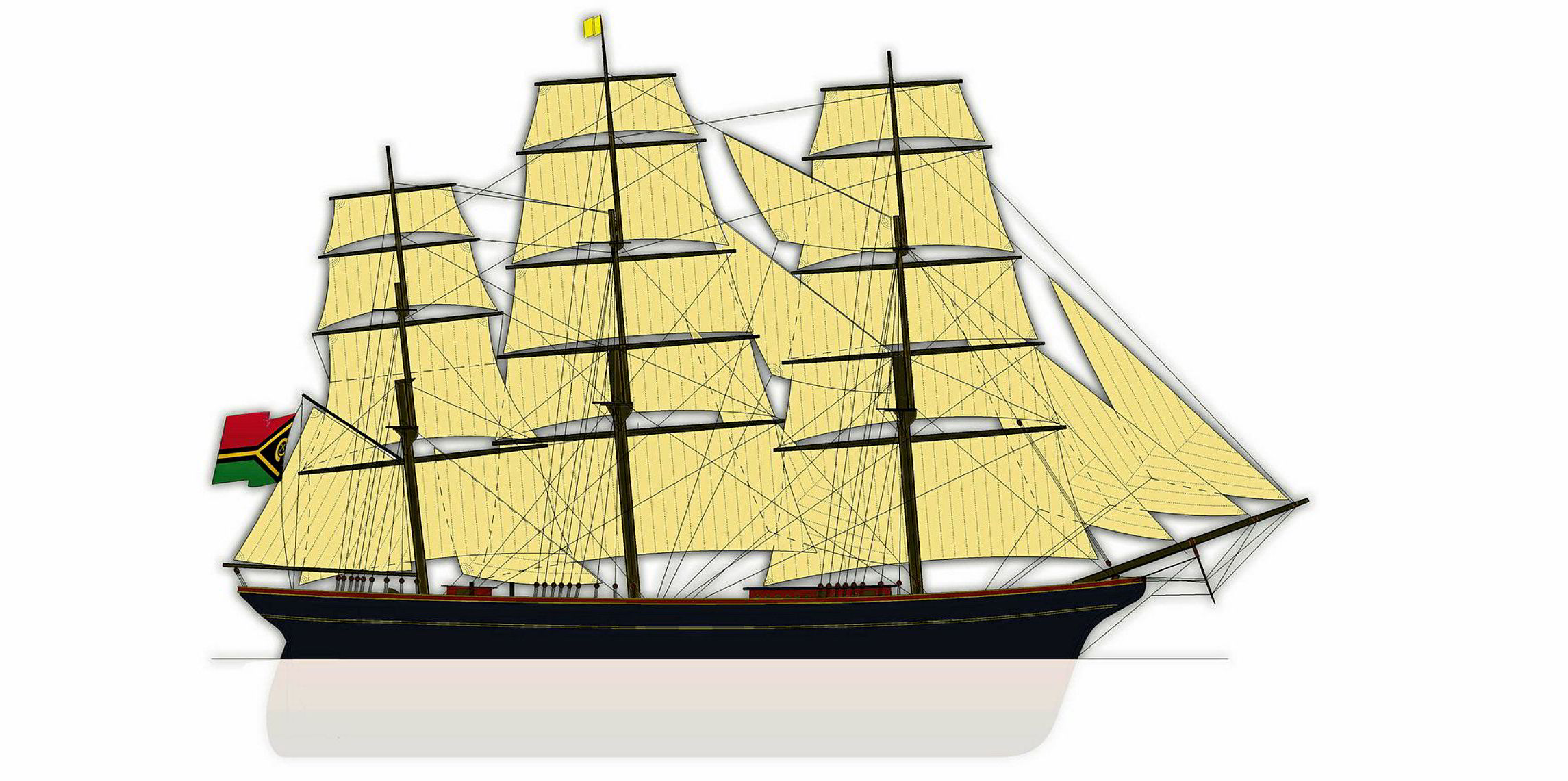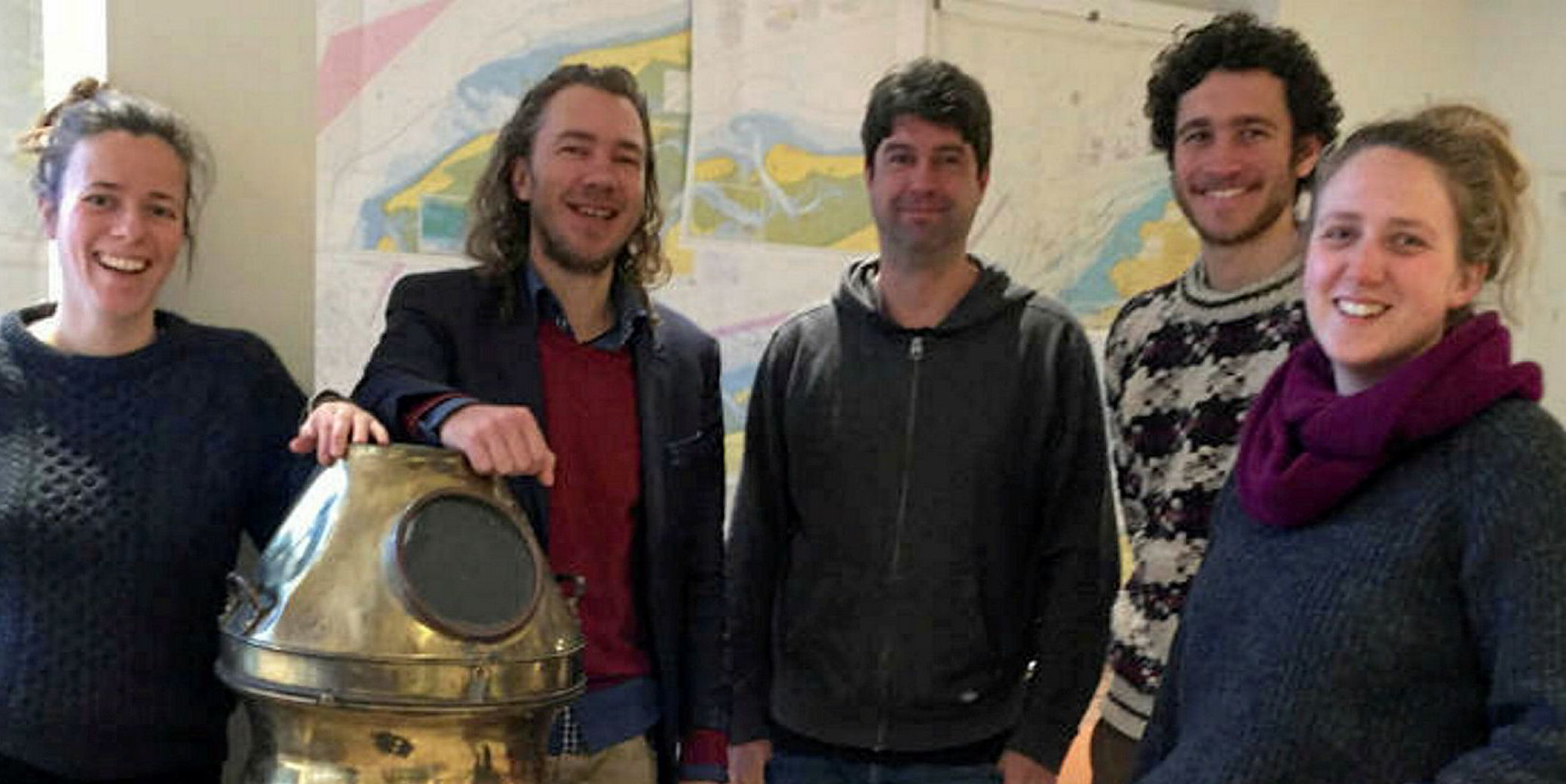The design of the EcoClipper500 sail cargo vessel followed three rules: sharp lines built for speed; tall spars and the largest possible spread of canvas; and the ability to sail day and night in fair weather and foul.
Dubbed “Noah”, it is inspired by the clipper Noach, which was built in 1857 in Kinderdijk and is believed to be the fastest Dutch sailing ship ever.
Naval architects Sailvolution replicated the Noach’s long curving bow section and large depth of hold for carrying capacity, and fitted an extra tween deck. The cost of having an engine room is saved during construction.
The multipurpose steel vessel is especially suitable for carrying general cargo, project cargo, trainees and passengers (it can accommodate 12 passengers in six cabins).
The EcoClipper500 will be able to moor, load and discharge in harbours with limited infrastructure.
Its master rigger, Paul DeNoble, also designed the rigging of the sail cargo vessel Tres Hombres.
EcoClipper sought feedback from different naval engineers and maritime specialists and is in the process of further specifying the different details of its prototype.
■ Three square-rigged masts; no engine
■ At least 23 sails with an area of 976 square metres
■ 500 tonnes of cargo
■ 59 metres long
■ Draught of five metres
■ 12 crew and 36 trainees
“The experience we have seen with other companies, throughout the first part of this century, has taught us that to successfully exploit a sailing cargo vessel, the vessel should sail on a fixed geographical route and schedule,” the company said.
EcoClipper will have to “optimally exploit the daily meteorological circumstances and seasonal weather patterns” to succeed.
Each ship will be assigned its own line, with a few different ports that it regularly visits. The trading areas with the most promising “logistic streams” are the North Atlantic and North Pacific, as well as a round-the-world route.
The North Atlantic route will be the first to be plied, as it holds the promise of the most favourable meteorological and economic circumstances.
In a westerly direction, a vessel can easily follow the trade winds. When travelling from the Americas to Europe, the westerly winds of the North Atlantic depressions are a “sure promise for speed”.
Other cargoship sailing projects are underway, such as France’s Neoline, which aims to have sail-powered vessels crossing the Atlantic carrying cars for clients such as Renault.
The first two industry lobby groups have also been established: the International Windship Association and the Sail Cargo Alliance.
“We can speak of the emergence of a real new industry,” said EcoClipper, which aims to be the company to “scale up” the industry.
It will use social media to tell its story and reach out to “trendsetting businesses”, with which it hopes to build strategic partnerships.





